The constellations that we know are patterns of stars in the sky, often shaped like animals or characters from legends. While these patterns are extremely useful for learning your way around the sky, and for use in navigation on the Earth, these constellations are the shapes that people make in the random patterns of stars in the sky.
Category: Science activity (page 1 of 3)
A chart showing the phases of the Moon and how it changes shape over a month. Includes new moon, crescent moon, half moon and full moon. For use with the Moon Globes and Moon Hats activities.
The seasons are easily observed over a school year, and the different plants and insects that are active at particular times are easy to spot. The seasons are caused by changing amounts of sunlight that reach the ground, determined by the height of the Sun in the sky and the length of the shadows, which in turn is determined by the tilt of the Earth’s axis.
The Solar System is made up of the Sun, four terrestrial planets, and four large gas giant planets, plus large numbers of minor planets, dwarf planets, asteroids, and an awful lot of space in between them all. This activity will give students an understanding of the scale of the Solar System in a school hall.
In this activity students will explore the differences between day and night on the Earth by comparing nocturnal and diurnal animals. They will investigate how day and night occur on the Earth using a simple model, and see how people and animals living in different parts of the planet experience different times of the day.
Constellations are patterns of stars in the sky. While these patterns are extremely useful for learning your way around the sky, and for use in navigation on the Earth, these constellations are not physical groupings of stars. We see the patterns that we define as constellations because of the three-dimensional arrangement of stars in space.
Our Solar System contains the Sun, the eight planets, as well as numerous dwarf planets, many asteroids, and an unknown number of comets. Comets have often featured in historical accounts as portents of doom or disaster (one features in the Bayeux Tapestry, for example), but the reality is that they are giant dirty snowballs. As they get close to the Sun they begin to warm, and some of the ice begins to turn to gas, creating the spectacular tails visible from Earth. This activity helps students to understand what comets are made of, and why they look the way they do in the sky.
Our Solar System contains the Sun, the eight planets, as well as numerous dwarf planets, many asteroids, and an unknown number of comets. Comets have often featured in historical accounts as portents of doom or disaster (one features in the Bayeux Tapestry, for example), but the reality is that they are giant dirty snowballs. As they get close to the Sun they begin to warm, and some of the ice begins to turn to gas, creating the spectacular tails visible from Earth. This activity helps students to understand what comets are made of, and why they look the way they do in the sky.
A chart showing the phases of the Moon and how it changes shape over a month. Includes new moon, waxing/waning crescent, half moon, waxing/waning gibbous and full moon. For use with the Moon Phases activity.
The Earth is our home in the Universe. Humans, animals and plants survive on the Earth because the conditions are ideal for life. Different animals and plants are adapted to survive in different environments. This activity introduces these ideas, and uses a practical activity to explore how rockets work.
© 2026 We Share the Same Moon
Theme by Anders Norén — Up ↑





